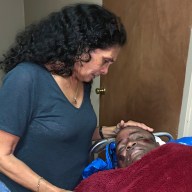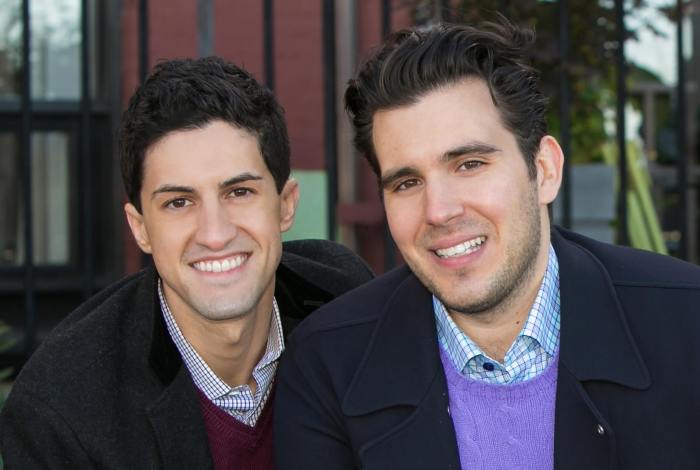By Richard Leong
NEW YORK (Reuters) – New York City’s cash-strapped Uber and Lyft drivers have been campaigning for bigger paychecks, and their effort got a boost on Monday from a study two economists conducted for the city’s Taxi and Limousine Commission.
Drivers for ride-hailing companies, which also include Via and Gett’s Juno, should get a raise to $17.22 an hour after expenses, according to the study by James Parrott of the New School in New York City and Michael Reich at the University of California at Berkeley. The recommended rate amounts to an hourly wage of $15 with an allowance for paid time off.
“Driver pay is low, despite rapid industry growth and high pricing mark-ups, because companies depend upon having a large ready pool of available drivers,” Parrott and Reich wrote. Their study found that 85 percent of the drivers, many of them immigrants, now earn less than this proposed standard.
They said that if the drivers could attain the 22.5 percent raise in net pay, they would take home an additional $6,345 annually. The study is part of a review the taxi commission is conducting to develop a minimum wage and other rules for app-based drivers. The panel plans to release draft rules for public comment soon.
New York’s yellow taxi drivers have joined with drivers for Uber and other app-based ride services to call for guaranteed minimum pay and limits on growth in the number of cars for hire in the largest U.S. city.
New York Mayor Bill de Blasio and other officials have looking into wages at app-based ride-hailing companies as well as their effect on traffic congestion and price pressure on traditional yellow taxis, which are regulated and pay fees for medallions.
Uber, Lyft, Via and Juno account for 80,000 vehicles in New York City, nearly six times more than the 13,587 yellow taxis. Residents and visitors take over 17 million app-based rides, double the number of taxi trips, the study showed.
The economists said Uber would be the city’s No. 1 private for-profit employer if drivers were classified as employees instead of independent contractors.
Higher wages may lead to more shared rides and lower commission rates for ride-hailing companies to under 10 percent from 16 percent now, they said. A rider’s average wait time for a vehicle may go up by 12 to 15 seconds and fares might rise 3 to 5 percent.
Parrott and Reich listed several ways the companies could adjust to the recommended minimum wage, including an extra charge for shared rides.
“It thus seems feasible to improve the standard of living of app drivers while also allowing the industry to continue to meet passenger demand,” Parrott and Reich wrote.
(Reporting by Richard Leong; Editing by David Gregorio)


















